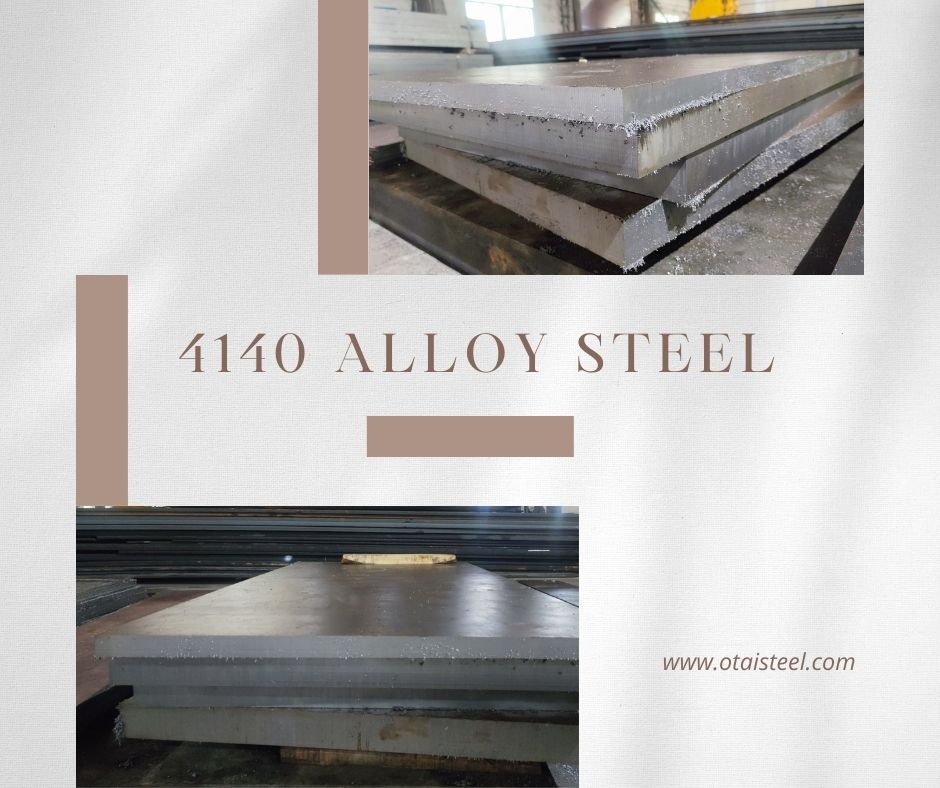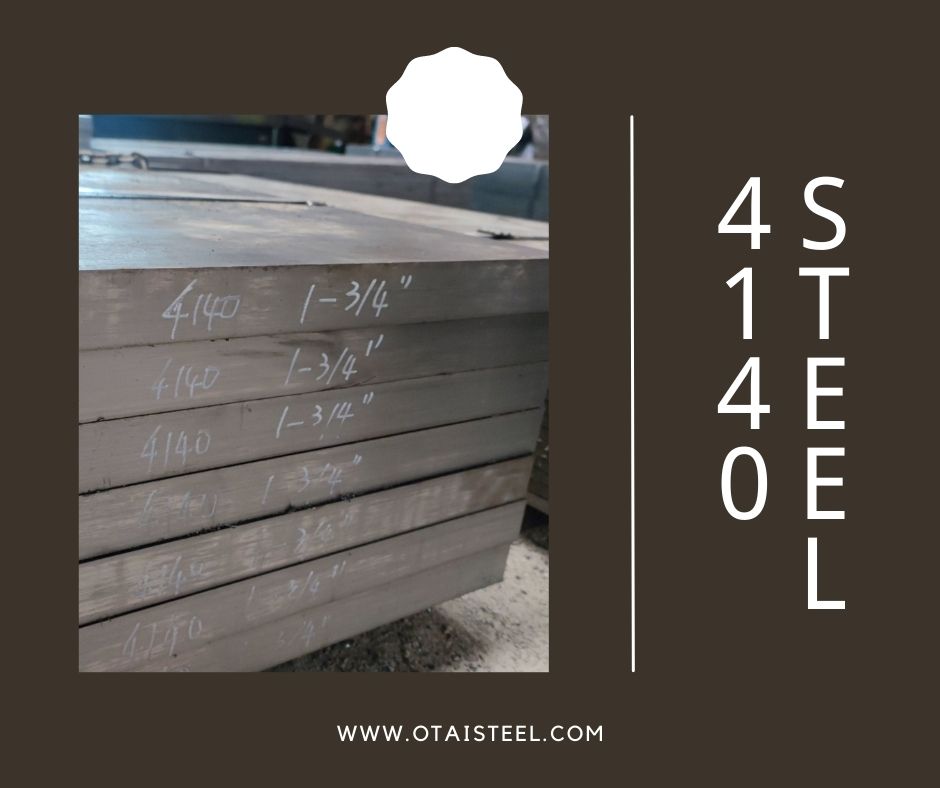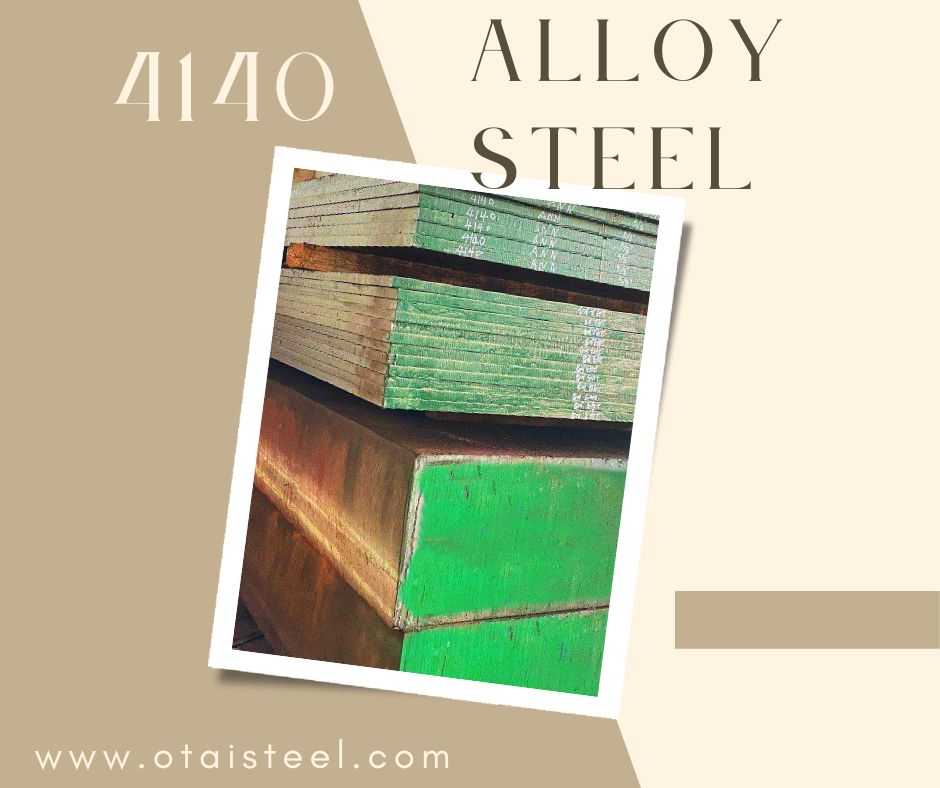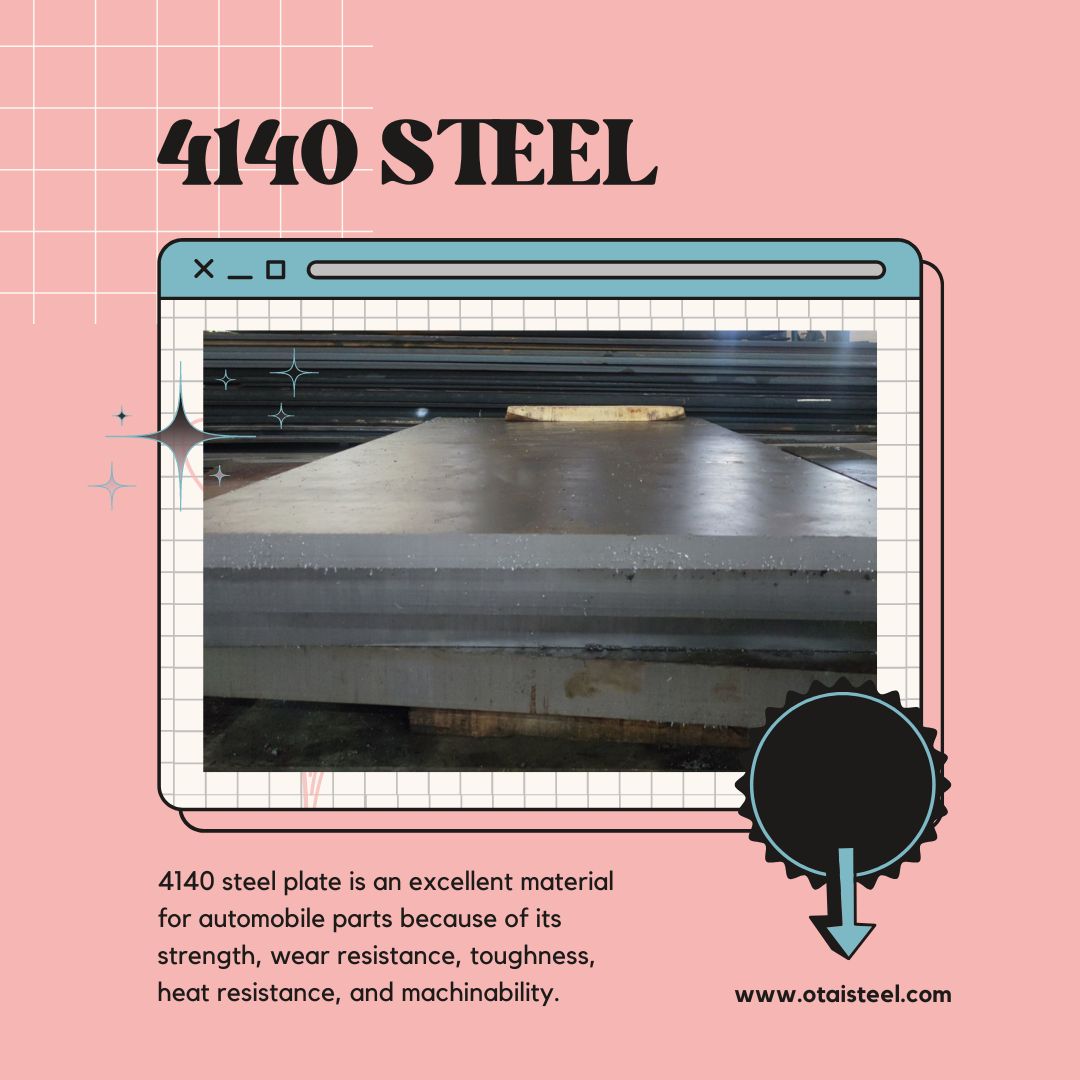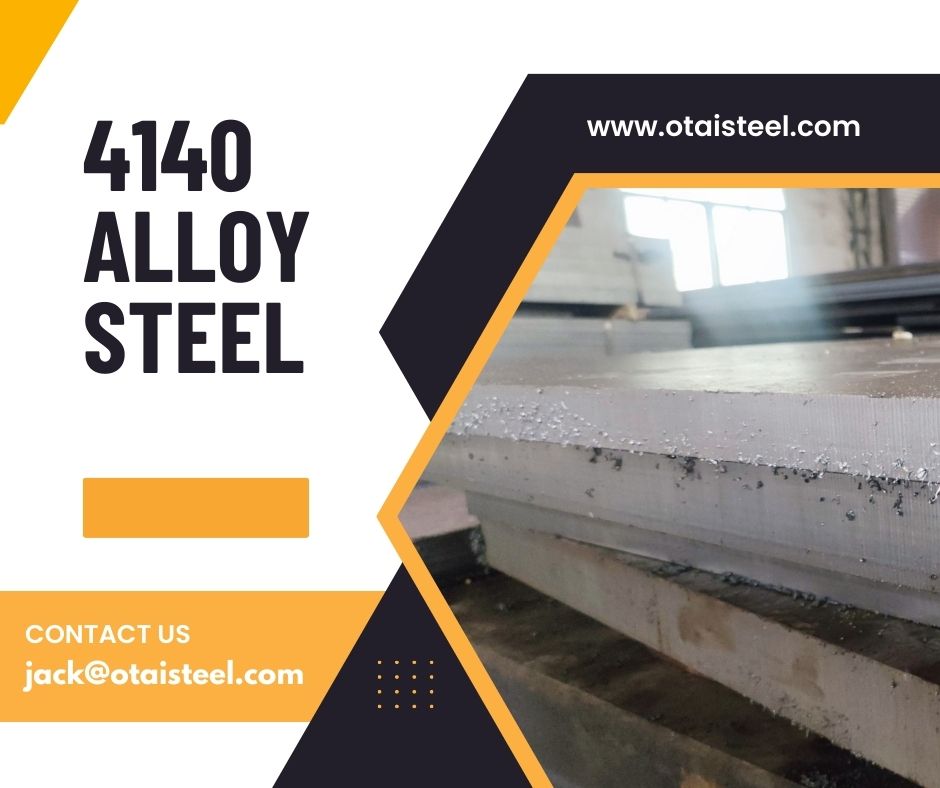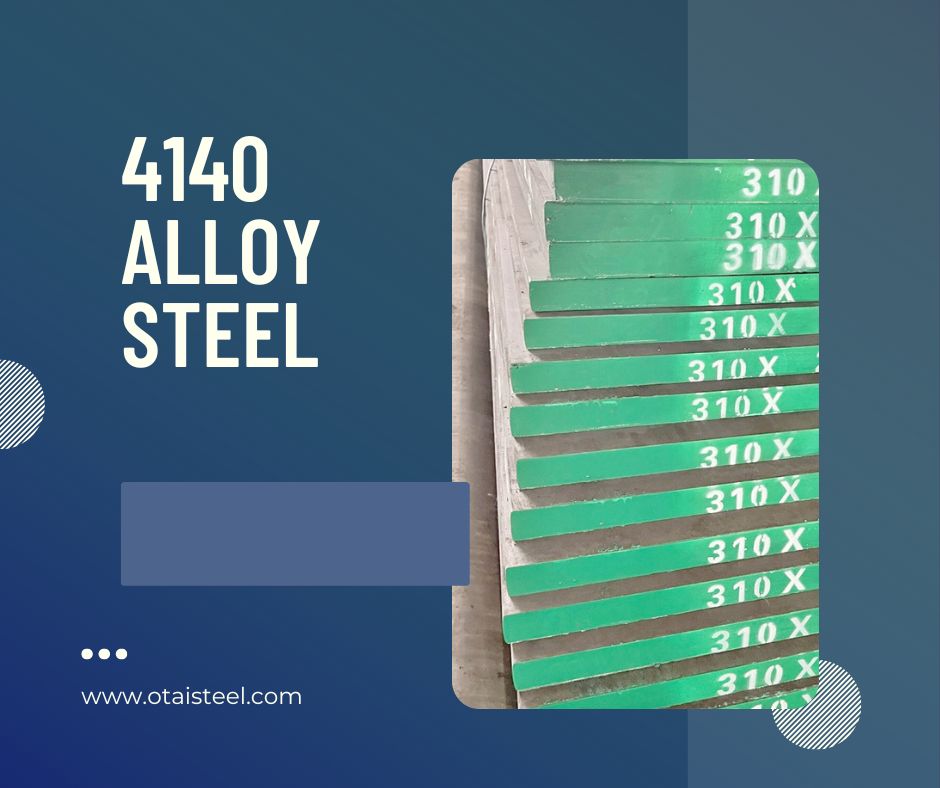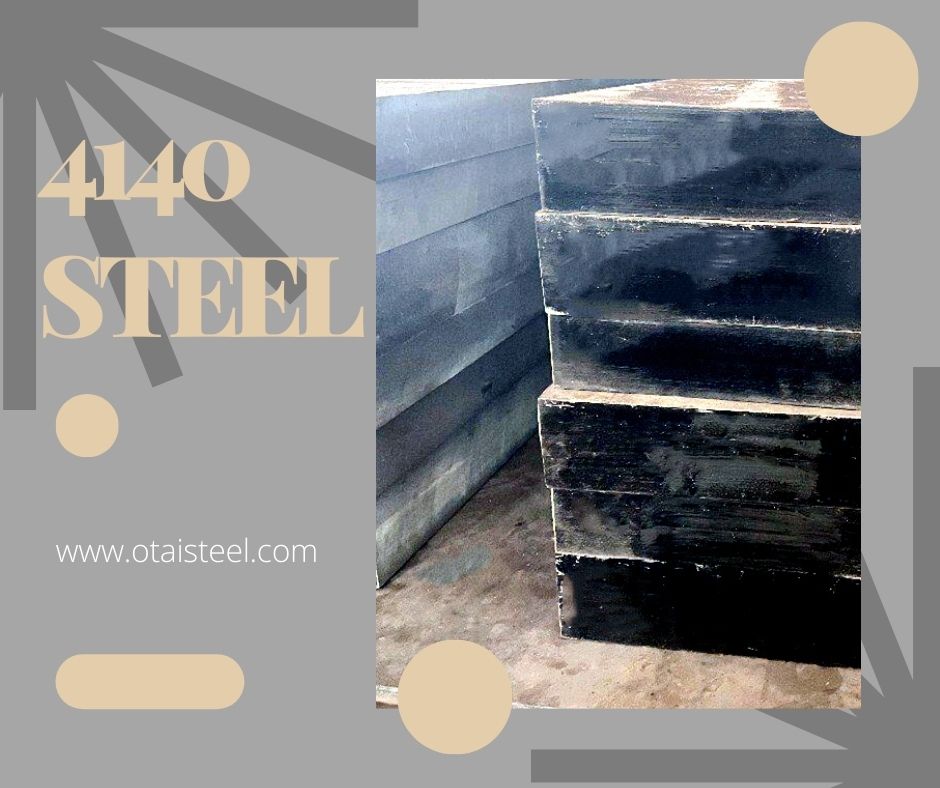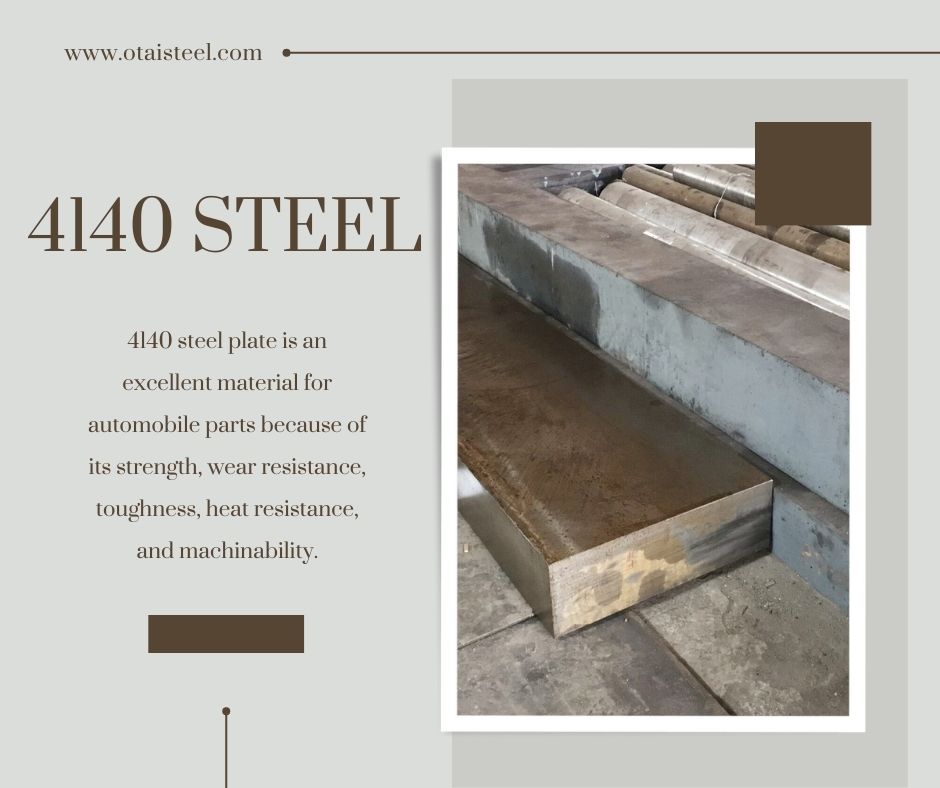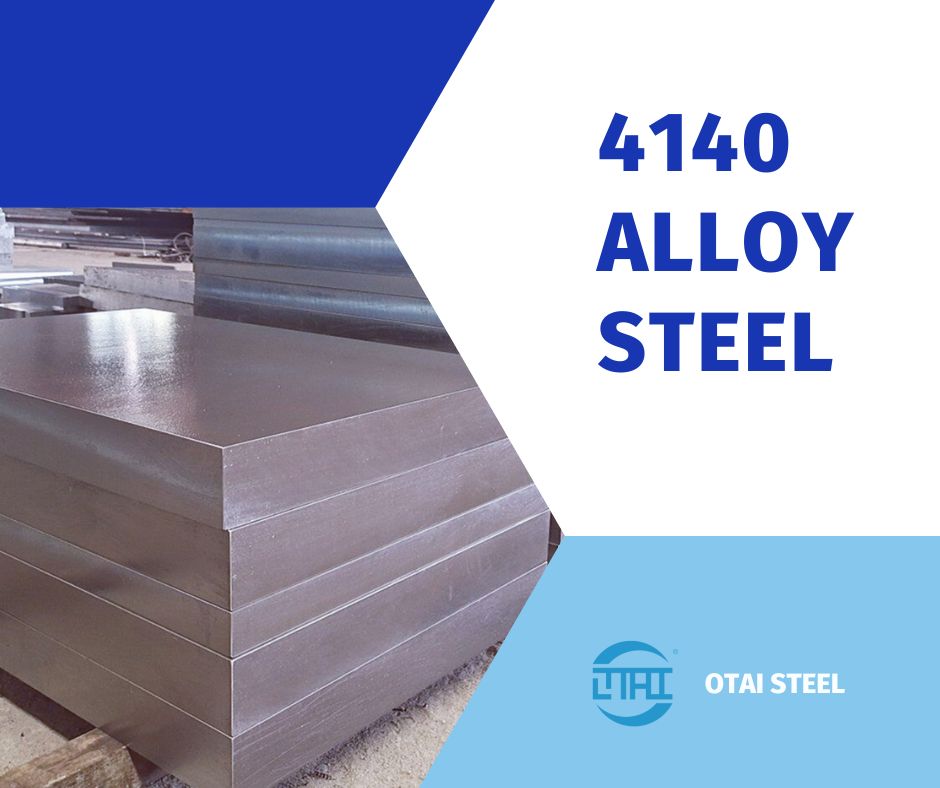Corrosion Resistance of 4140 Steel: Improving Longevity and Reliability
Corrosion is a major threat to the life and reliability of many steel components. Several techniques can be used to improve the corrosion resistance of 4140 steel and extend its service life.
A coating is one of the most effective ways to prevent corrosion. Coatings such as paint, zinc, and chromium can form a barrier between the steel and its surroundings. This prevents moisture and other caustics from coming into contact with the steel surface.
Heat treatment is also an effective way to improve 4140 steel’s corrosion resistance. Heat treatment can change the microstructure of the steel and make it more corrosion-resistant.
Another way to improve 4140 steel’s corrosion resistance is to add chromium, nickel, molybdenum, and other alloying elements. These elements form a protective layer on the steel surface to prevent corrosion.
Proper maintenance and cleaning can help prevent corrosion. Regular inspection and cleaning can help identify and resolve any corrosion problems before they become serious problems.
It is important to remember that while these techniques can help improve the corrosion resistance of 4140 steel, they may not make it completely corrosion-resistant.
Therefore, it is important to carefully consider the environment in which the steel is used and take appropriate measures to prevent corrosion from occurring.
By implementing these technologies and taking proactive measures to prevent corrosion, the life and reliability of 4140 steel components can be greatly improved, resulting in significant cost savings and increased productivity in industrial and manufacturing environments.
